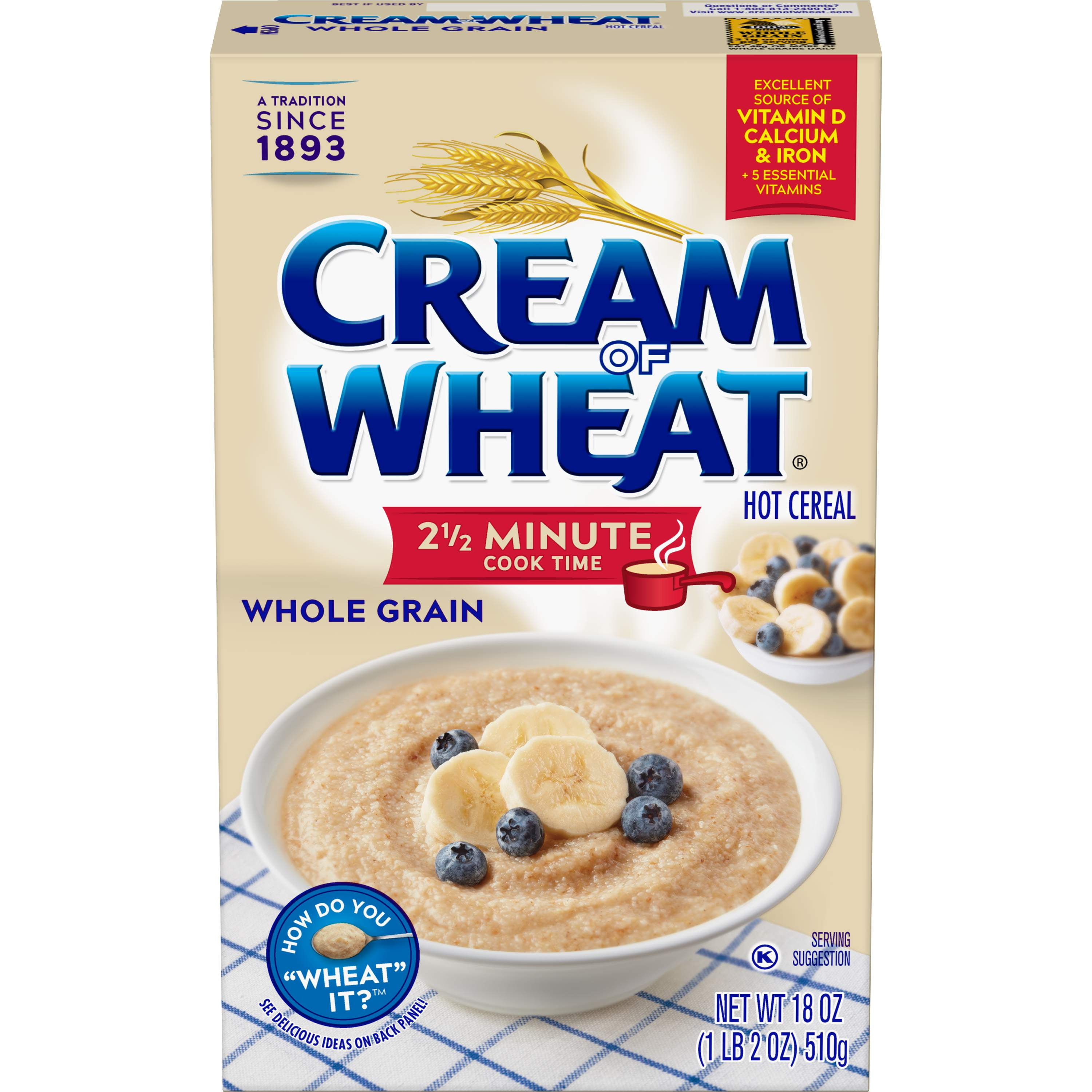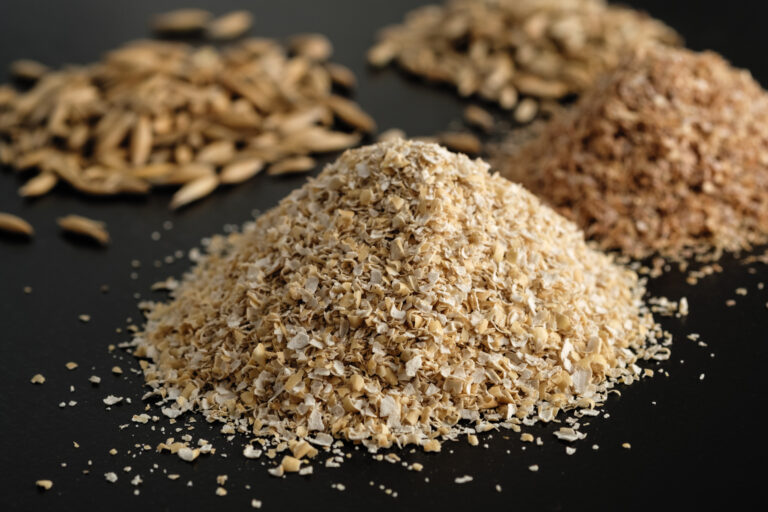

"Wheat flour" (as opposed to "wholegrain wheat flour" or "whole-wheat flour") as the first ingredient is not a clear indicator of the product's wholegrain content. In the United States wholegrain products can be identified by the ingredients list. Other diseases triggered by eating gluten are non-coeliac gluten sensitivity, (estimated to affect 0.5% to 13% of the general population), gluten ataxia and dermatitis herpetiformis. While coeliac disease is caused by a reaction to wheat proteins, it is not the same as a wheat allergy. Minor cereals and pseudocereals may be a reasonable alternative to replace gluten-containing cereals for people who need to follow a gluten-free diet.

The only known effective treatment is a strict lifelong gluten-free diet. There is evidence that most cases remain undiagnosed and untreated. Coeliac disease affects about 1% of the general population in developed countries. In genetically susceptible people, gluten (proteins found in wheat, barley, rye, oat, and related species and hybrids) can trigger coeliac disease. However, a 2017 review found insufficient evidence for a relationship between whole grain consumption and lowered risk of cardiovascular diseases. In addition, some older evidence indicates whole-grain consumption is inversely related to hypertension, diabetes, and obesity when compared to refined grains, all of which are negative indicators in total cardiovascular health. Regular whole-grain consumption may lower elevated LDL and triglyceride levels, which are risk factors for cardiovascular diseases. The scientific opinion of the European Food Safety Authority (EFSA) related to health claims on gut health or bowel function, weight control, blood glucose and insulin levels, weight management, blood cholesterol, satiety, glycemic index, digestive function and cardiovascular health is "that the food constituent, whole grain, (.) is not sufficiently characterised in relation to the claimed health effects" and "that a cause and effect relationship cannot be established between the consumption of whole grain and the claimed effects considered in this opinion." īy supplying high dietary fiber content, as part of a general healthy diet, consumption of whole grains may lower risk of several diseases, including coronary heart disease, stroke, cancer and type 2 diabetes, with lower all-cause mortality. Manufacturers of foods containing whole grains in specified amounts are allowed a health claim for marketing purposes in the United States, stating: "low fat diets rich in fiber-containing grain products, fruits, and vegetables may reduce the risk of some types of cancer, a disease associated with many factors" and "diets low in saturated fat and cholesterol and rich in fruits, vegetables, and grain products that contain some types of dietary fiber, particularly soluble fiber, may reduce the risk of heart disease, a disease associated with many factors".

Quinoa and amaranth are the most nutritious grains due to their high content and quality of proteins, with high levels of lysine and other essential amino acids. In contrast, the proteins of the pseudocereals have a high nutritional value, close to those of casein (the main protein in milk). Supplementation of cereals with proteins from other food sources (mainly legumes) is commonly used to compensate for this deficiency, since the limitation of a single essential amino acid causes the others to break down and become excreted, which is especially important during the period of growth. Ĭereal proteins have low quality, due to deficiencies in essential amino acids, mainly lysine. Their effects on gastrointestinal health, risk of obesity and cognition need further evaluation. As components of breakfast cereals, whole grains are associated with improved micronutrient intake and lower risk of several diseases. Whole grains are a source of multiple nutrients and dietary fiber, recommended for children and adults in several daily servings containing a variety of foods that meet whole grain-rich criteria.

The same rice, with almost all bran and germ removed to make white rice


 0 kommentar(er)
0 kommentar(er)
